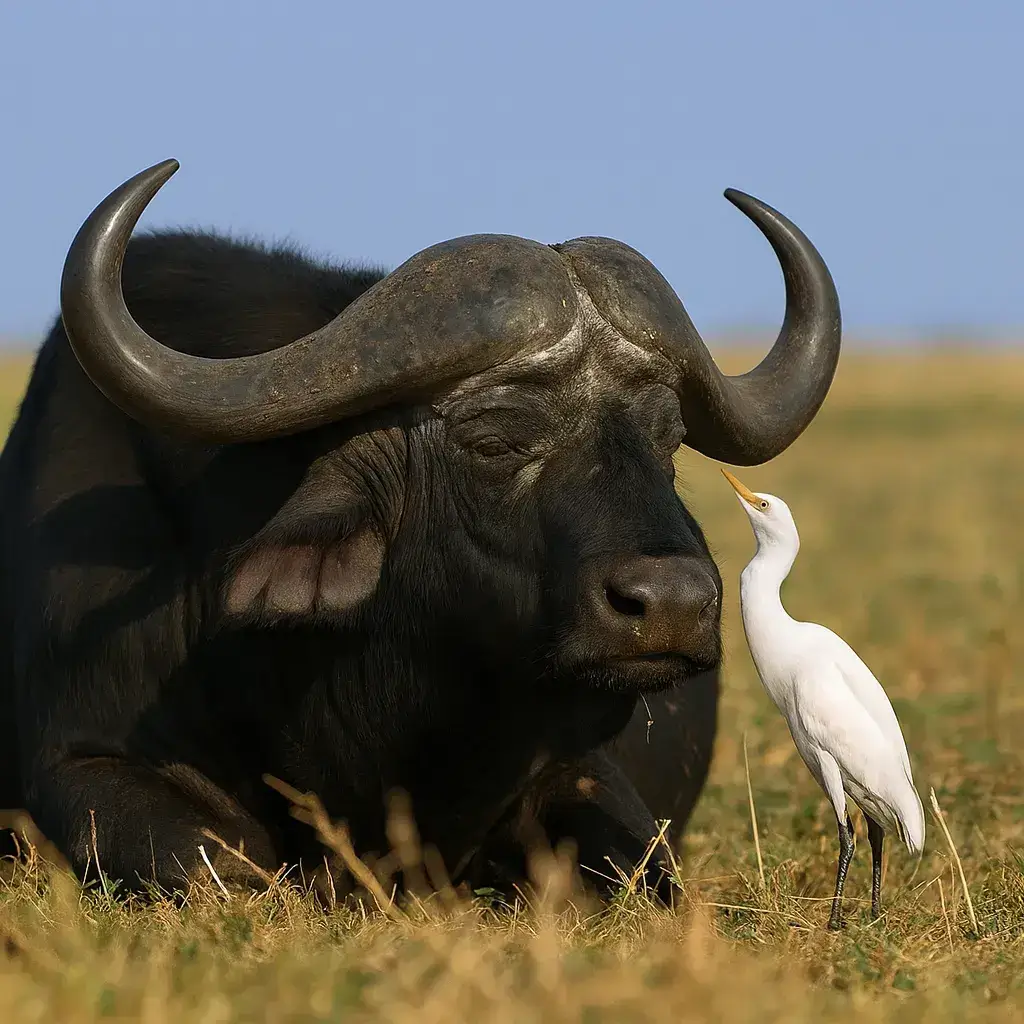When I started working on this project, I didn’t realize I’d be establishing a bridge between two very distinct systems of thought. I believed I was only organizing what I had acquired—what had benefited me, what I’d observed that seemed to benefit others.
But at some point it became obvious:
This is not only a trauma healing site.
And it’s not only a Daoist healing resource either.
It’s a middle ground, something in between.
Something that exists in the space where Western trauma theory ceases to make sense, and Daoist wisdom begins to pick up the thread.
This section of the website is meant for that.
Things begin to weave together in this third part—”Applying the Daoist Healing Arts.” Where the clinical meets the energetic. Where intellect and heart, science and spirit, begin to converse.
The Logic of the West, the Language of the East
Rooted in reason and linear growth, Western trauma theory is methodical and evidence-based. It provides us with language—nervous system states, attachment theory, polyvagal maps. It teaches us what occurred, why it matters, and how it manifests in our adult life. It identifies the injuries. That’s enormous.
Conversely, Daoist healing originates from another era, another culture, another method of knowing. It talks in metaphors and rhythms, energies and elements. It watches how the body moves rather than dissecting it. It doesn’t only identify the injury; it interacts with the disrupted flow. It inquires: Where is qi trapped? Where did the spirit lose its anchor? What aspect of you is out of sync with time, with nature, with yourself?
Very distinct languages.
But I’ve discovered that if you sit with them long enough, you begin to see:
They’re describing the same thing.
Only they’re viewing it from different angles.
Same Pain, Different Words
Consider nervous system dysregulation—fight, flight, freeze.
Western approaches can identify your level of dysregulation. They can, to some degree, show you how to regain balance.
Daoist models discuss organ disconnection, excess yang or collapsing yin, and qi stagnation. Varied language. Same being. Same suffering.
Alternatively, consider identity fragmentation. A fundamental topic in childhood complex trauma—this shattered sense of self, this impression that you’re not truly present. Trauma theory refers to it as self-alienation or dissociation. Daoist medicine refers to it as shen disturbance. Similar experience. Different lens.
This Is the Space Between
These differing perspectives are what this part of DOTT is meant to explore.
Not merely theory for theory’s sake.
Nor some hybrid paradigm that eliminates the distinctions.
But a space where we can wander back and forth between models—allowing each to deepen our comprehension of the other.
What You’ll Find Here
Among the items in this area:
- Posts linking a particular trauma impact with a Daoist explanation.
- Practices you can experiment with drawing from the four internal healing arts.
- Reflections on the effects of healing ceasing to be linear and beginning to be cyclical.
- Honest investigations of what it means to trust a paradigm or process you cannot prove.
You Don’t Have to Choose
This is not about persuading you of anything. Feeling trapped doesn’t require belief in qi. You don’t have to believe in meridians to sense that something in you isn’t flowing correctly.
To be honest? You don’t have to choose.
You can use what trauma theory offers, but also strive for something deeper.
You can hold both—science and soul, nervous system and energy system—without one negating the other.
Just Pay Attention to What Moves
You need not explain everything.
You only need to recognize what speaks to you.
What’s useful.
What opens something inside you that’s been closed for a long time.
Because that’s the real work.
Not proving anything.
Simply paying attention to what starts to shift.


